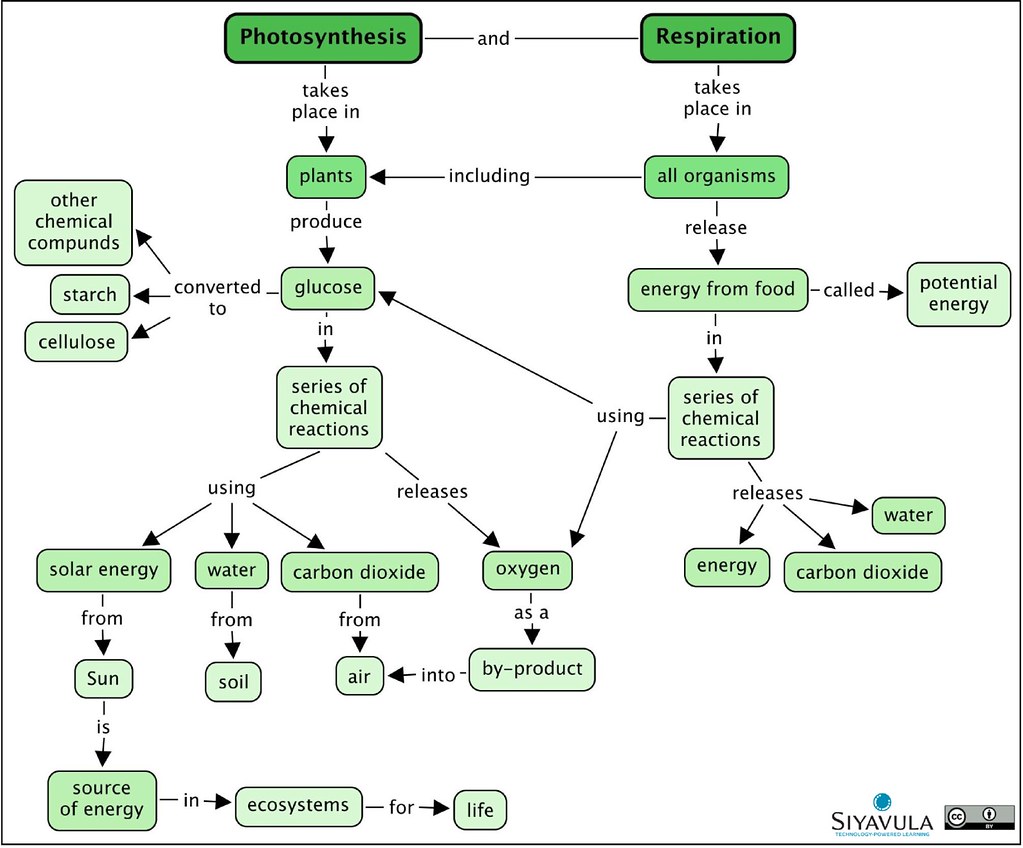Concept Mapping
Overview
Concept mapping is a graphical representation or diagram that visually organizes and illustrates the relationships between concepts or ideas. It helps students clarify their understanding of a subject, structure information, and see the connections between various components of a topic or a complex concept. Concept maps can be created individually or as a group, and can represent a plethora of ideas. Some concept maps show a process, a network of ideas, or a topic hierarchy.
When planning for concept mapping, decide on the following:
- Will my students be creating a concept map from scratch, or should they use a graphic organizer?
Depending on the subject, you may want to give your students the autonomy to decide how to organize their ideas. If you are looking for your students to make specific connections, a graphic organizer can help them find those relationships.
- After my students create their concept map, how can they share it with me and their peers?
Gallery walks can be a great way for students to view each other’s work in a low-pressure environment. However, a solo (or group) presentation can help promote self-explanation, and allow students to explain connections their peers may not have otherwise understood.
